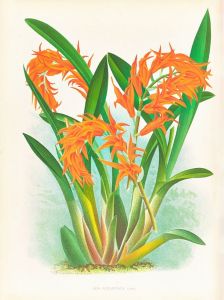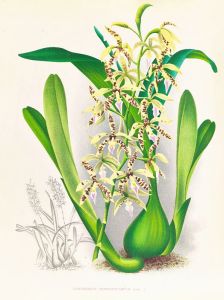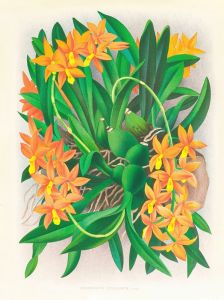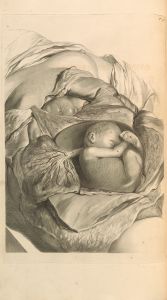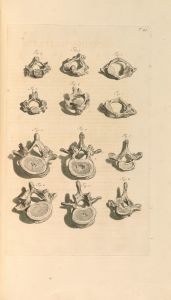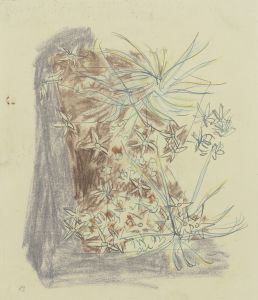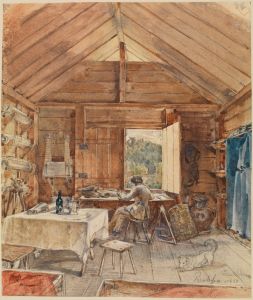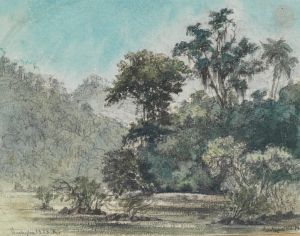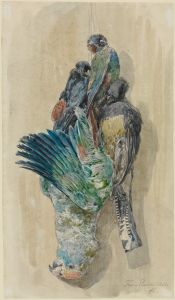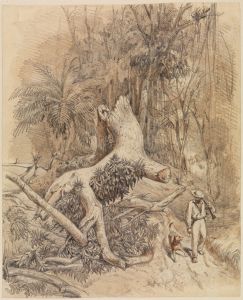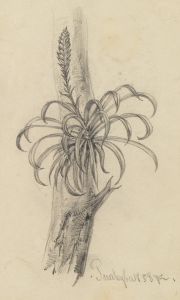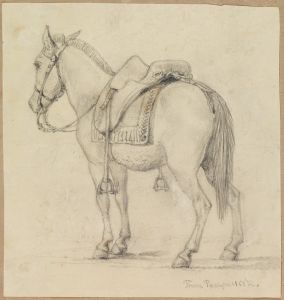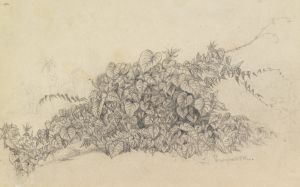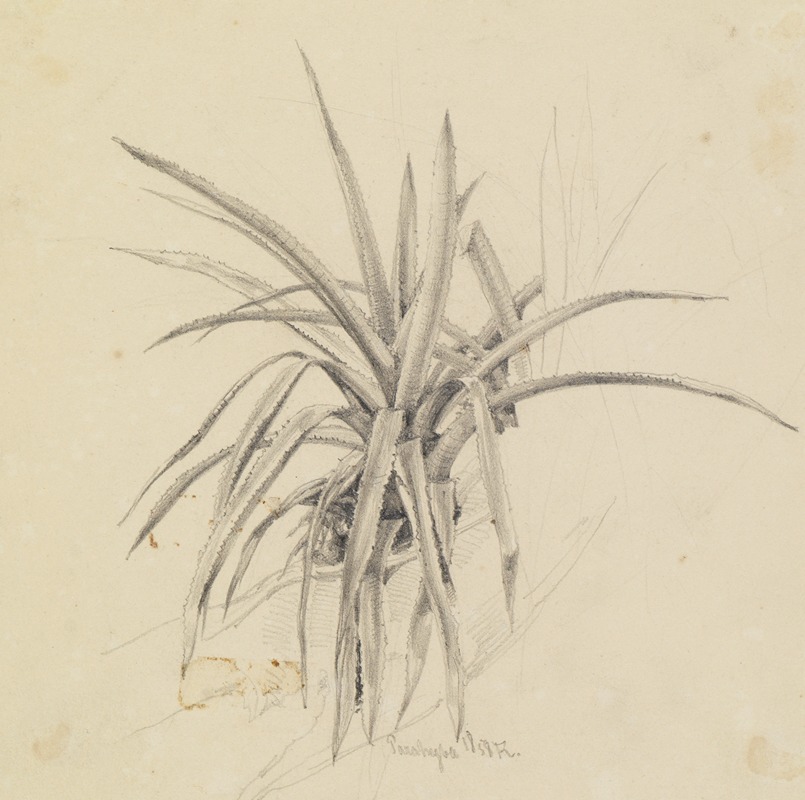
Kaktus-Studie
A hand-painted replica of Ferdinand Keller’s masterpiece Kaktus-Studie, meticulously crafted by professional artists to capture the true essence of the original. Each piece is created with museum-quality canvas and rare mineral pigments, carefully painted by experienced artists with delicate brushstrokes and rich, layered colors to perfectly recreate the texture of the original artwork. Unlike machine-printed reproductions, this hand-painted version brings the painting to life, infused with the artist’s emotions and skill in every stroke. Whether for personal collection or home decoration, it instantly elevates the artistic atmosphere of any space.
Ferdinand Keller was a notable German painter of the 19th century, recognized for his contributions to historical and genre painting. Born on August 5, 1842, in Karlsruhe, Germany, Keller developed a keen interest in art from a young age. He studied at the Academy of Fine Arts in Karlsruhe and later in Munich, where he honed his skills and developed his distinctive style. Keller's works often reflect a deep appreciation for historical themes and a meticulous attention to detail.
One of Keller's intriguing works is "Kaktus-Studie" (Cactus Study), which showcases his ability to capture the intricate beauty of nature. This painting is a study of cacti, a subject that, while not as grandiose as his historical compositions, demonstrates Keller's versatility and keen observational skills. The painting is characterized by its detailed depiction of the cactus plant, highlighting the textures and forms that make it a unique subject in the realm of botanical art.
"Kaktus-Studie" is an example of Keller's interest in the natural world, which was a common theme among artists of the 19th century, particularly during the period of Romanticism and the subsequent Realism movement. This era saw a growing fascination with the natural sciences and the detailed study of flora and fauna, which artists like Keller translated into their work. The painting likely served as a study piece, allowing Keller to explore the complexities of light, shadow, and texture in a natural form.
The composition of "Kaktus-Studie" is straightforward yet effective, focusing on the cactus itself without any extraneous elements that might detract from its form. Keller's use of color and shading brings out the subtle variations in the cactus's surface, emphasizing its spines and the unique structure of its body. This attention to detail is indicative of Keller's broader artistic approach, which often involved careful study and a deep respect for his subjects.
While "Kaktus-Studie" may not be as widely recognized as some of Keller's larger historical works, it remains an important piece within his oeuvre, illustrating his ability to find beauty and complexity in the natural world. The painting also reflects the broader 19th-century artistic interest in botanical subjects, which were often used as a means of exploring the interplay between art and science.
Ferdinand Keller continued to paint and teach throughout his life, influencing a generation of artists with his dedication to both historical and natural subjects. He passed away on July 8, 1922, in Baden-Baden, Germany, leaving behind a legacy of diverse and richly detailed artworks. "Kaktus-Studie" stands as a testament to his skill and his ability to capture the essence of his subjects, whether they be grand historical scenes or the simple elegance of a cactus plant.





